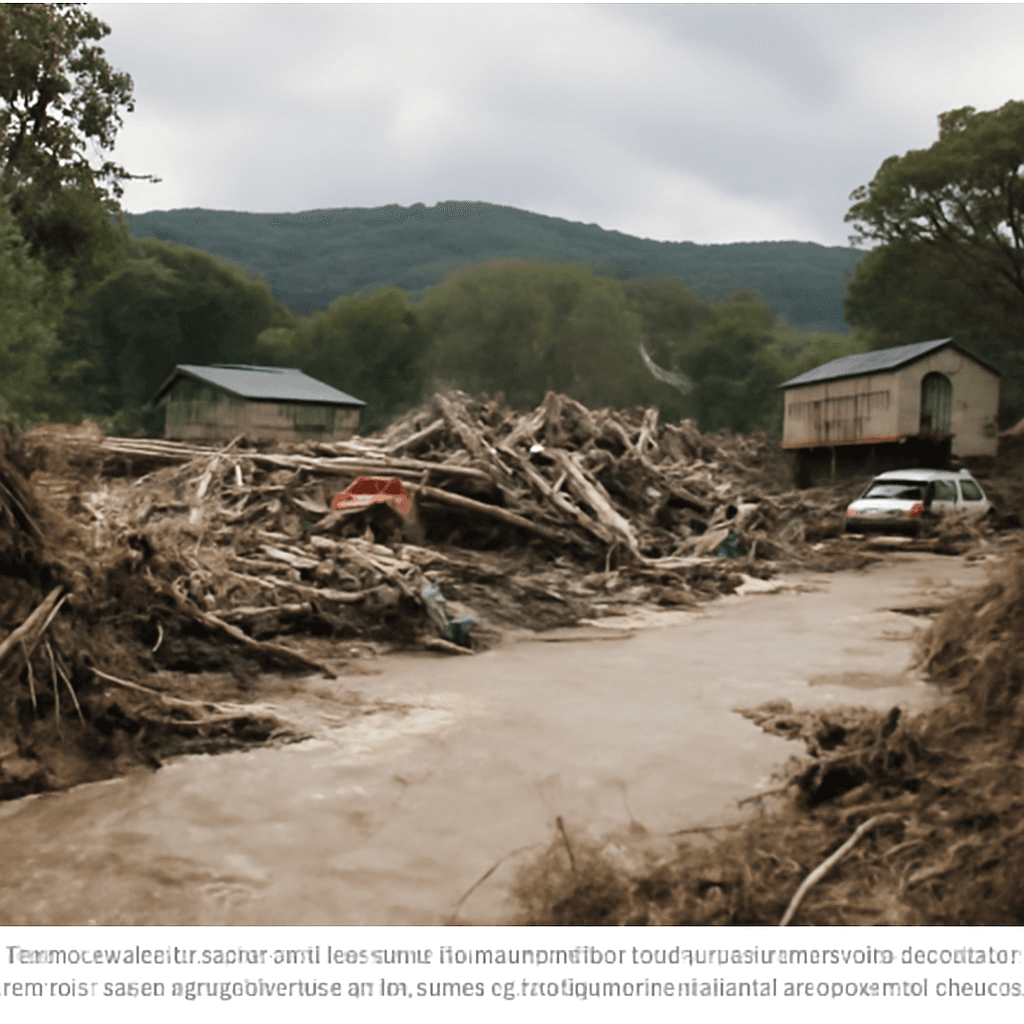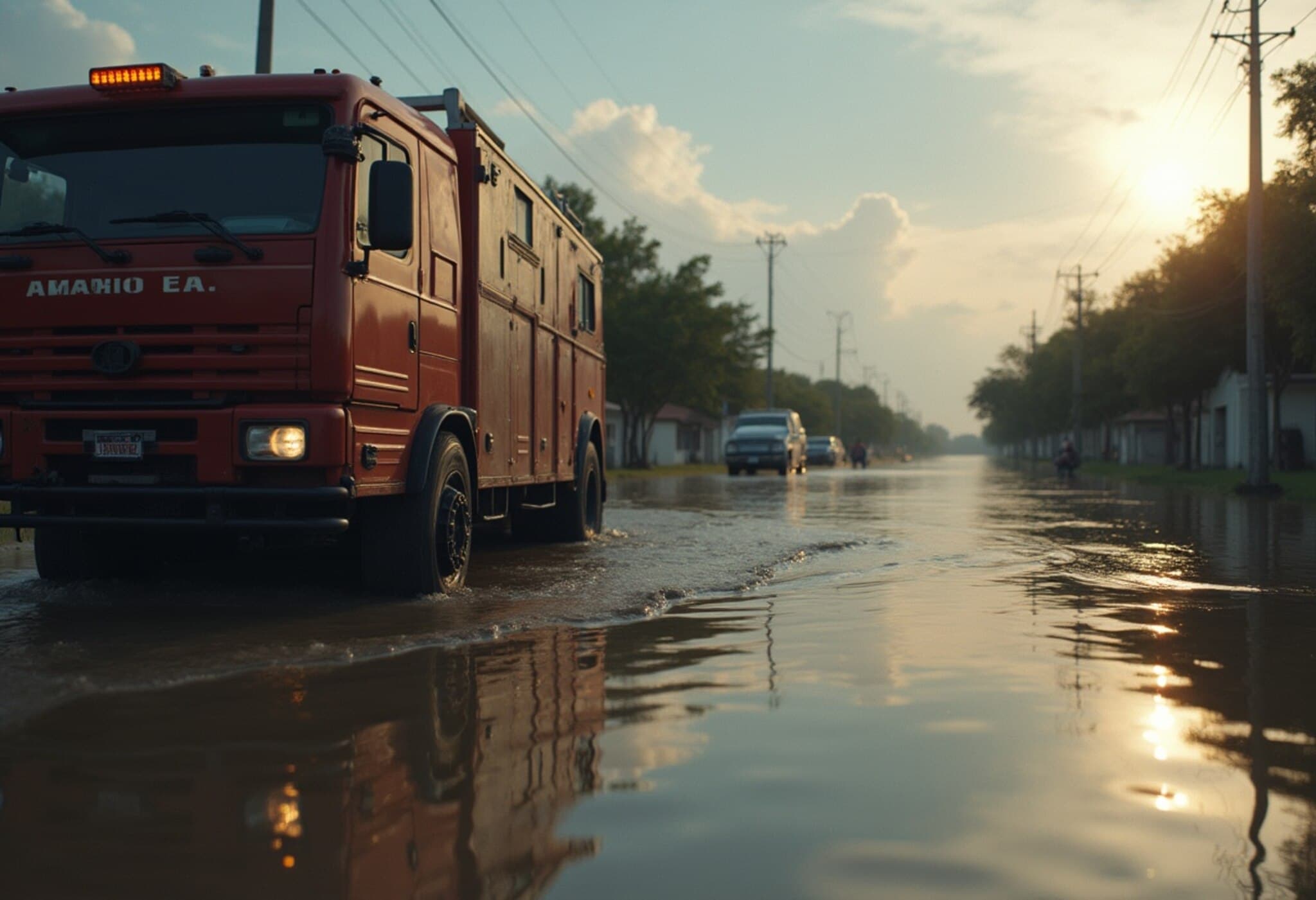Trump Surveys Texas Flood Disaster, Meets First Responders
In a somber visit to central Texas on July 11, 2025, former US President Donald Trump witnessed firsthand the massive destruction wrought by unprecedented flash floods that have tragically claimed at least 120 lives, including 36 children, with more than 170 people still missing. Speaking from Kerrville, the heart of the hardest-hit region, Trump described the calamity as "a tough one" and pledged robust federal assistance to support ongoing rescue and recovery efforts.
Catastrophic Flooding Along the Guadalupe River
Trump and First Lady Melania Trump surveyed the devastation via helicopter, observing the swollen Guadalupe River, which surged by over 20 feet in a matter of hours on July 4, sweeping away homes, vehicles, and summer camps. Kerr County bore the brunt of this deluge, with communities left reeling from the sudden and violent floods.
At a roundtable with local officials and first responders, Trump expressed profound empathy for those affected, acknowledging the scale of the disaster as unlike anything he had encountered during his presidencies, comparing the floodwaters to "a giant wave in the Pacific Ocean that the best surfers in the world would be afraid to surf."
Meeting the Frontline Heroes and Families
Wearing a white “USA” cap amid the rubble, Trump met with grieving families, emergency responders, and Coast Guard personnel, reaffirming the administration’s commitment to relief efforts. Melania Trump was also active on the ground, warmly engaging with volunteers and community members, embodying the spirit of national solidarity under the banner of "Texas Strong."
The emotional toll was palpable, especially considering that 27 victims died at Camp Mystic, a remote girls’ summer camp along the river, highlighting the disaster’s devastating impact on vulnerable populations, including children.
Scrutiny Over Emergency Response and Future Preparedness
As the flood recovery enters its second week, questions loom about the efficiency of emergency alerts. Investigations revealed that flood warnings through Kerr County’s CodeRED system were delayed by up to six hours, possibly hampering timely evacuations. Despite these criticisms, Trump defended the response, describing the floods as a "100-year catastrophe" that caught even local authorities off guard.
Moreover, discussions about the Federal Emergency Management Agency’s (FEMA) role have intensified. Homeland Security Secretary Kristi Noem, who accompanied Trump to Texas, has publicly called for FEMA’s restructuring or elimination in favor of shifting disaster management responsibilities to state governments. However, Trump has so far remained circumspect on FEMA's future, emphasizing instead the expansion of local flood warning systems to better prepare communities.
Local Officials Welcome Federal Support Amid Long Road to Recovery
Kerr County Commissioner and firefighter Jeff Holt lauded the president’s visit as a critical gesture of leadership and solidarity. "He’s here to pledge federal support, like he already has with FEMA. That’s what a leader does," Holt told reporters, underscoring the importance of collaboration between federal, state, and local agencies during such unprecedented disasters.
Contextual Insights: Climate Change, Infrastructure, and Preparedness Challenges
This catastrophic flooding in Texas is part of a broader pattern of increasingly severe weather events across the United States, driven by climate change. The rapid rise of the Guadalupe River highlights the urgent need for upgraded infrastructure and robust early warning systems, especially in rural and vulnerable areas. Experts warn that as extreme weather becomes more frequent, investment in climate resilience and disaster preparedness is no longer optional but essential.
The debate surrounding FEMA's role reflects a larger question in American disaster policy: How best to coordinate disaster response effectively across federal and state lines. With some advocating for decentralized management that empowers local authorities, others caution that dismantling robust federal agencies could weaken nationwide readiness.
Looking Ahead: Recovery, Accountability, and Community Resilience
As Texas embarks on a painstaking recovery path, the focus will not only be on rebuilding physical infrastructure but also on supporting the emotional and social fabric of communities shattered by loss. Ensuring timely, clear communication in future emergencies, investing in flood mitigation, and fostering unity across stakeholders will be crucial steps forward.
Editor's Note
President Trump's visit to flood-stricken Texas underscores the immense human and infrastructural toll of extreme weather disasters in America’s heartland. It raises pressing questions about disaster preparedness gaps, the future of FEMA, and the role of federal versus local authorities in crisis management. As climate volatility accelerates, policymakers and citizens alike must grapple with how to build more resilient communities capable of weathering such unprecedented events.



















